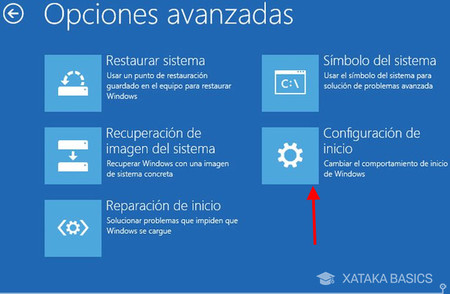
When there is a big problem on the PC, Safe Mode can be your best friend. But under Windows 10, Microsoft made it more difficult to access than under older versions of the operating system. Here's how to get into Safe Mode in Windows 10 anyway.
Sous Windows 8 et Windows 10, Microsoft has implemented a new method of starting the PC, which offers a much faster system launch. Of course, this speed gain is felt especially on a configuration comfortably equipped with an SSD, at least 8 GB of RAM and a Core i processor (or its equivalent from AMD). The other side of the coin is that to save loading time, Microsoft took the opportunity to remove access to the F8 key, which allowed access to different PC startup modes. And that is a problem when you want to launch the safe mode from the PC.
Summary
- What is Windows Safe Mode for?
- Access Safe Mode directly from Windows 10
- Reactivate the F8 key
- Comments
What is Windows Safe Mode for?
Safe mode has been around since Windows 95. It is not a Microsoft exclusive, since this famous safe mode is also found on Android, Unix, macOS, but also Firefox, etc. Under Windows, It allows get rid of all programs and pilots which usually start when the operating system starts up. Only the components necessary for Windows are executed, nothing else. You then have a minimalist display, without connections and without support for peripherals connected to the computer. On the other hand, this mode is particularly useful when your configuration shows signs of weakness related to programs or drivers that load from startup. It allows you to identify the culprits, in order to uninstall them later, and to repair your PC in the event of a crash. With Safe Mode, you can spot and fix incorrectly installed drivers, and poorly installed or resource-intensive software - all in just a few minutes.
Access Safe Mode directly from Windows 10
- See you on the start button Windows, then click the icon Parameters, symbolized by a small toothed wheel. Then select the function Update and security then, in the section Advanced start, press the button Restart now.
- From the screen Choose an option, click on the option help.
- Then go to the function Problem resolution. Select Advanced options, then press the To restart.
- On the new screen that appears, press the key 4, which is Safe Mode.
Reactivate the F8 key
Even though Microsoft has removed access to Safe Mode via the F8 key, it is still possible to re-enable it quite easily. To do this, start by opening command prompt as administrator. Note that you must go through the command prompt and not the Windows 10 PowerShell:
- From the Windows 10 search box, enter the term cmd. A list of results is presented. In the right part, select the option Execute as administrator. Accept the User Account Control message.
- Enter the following command line:
bcdedit / set {default} bootmenupolicy legacy
The next time you restart your computer, the F8 key will be accessible again and will therefore allow you to access safe mode. Finally, note that this should be used after loading the BIOS / UEFI, and not during (in which case, you would access BIOS preferences depending on your motherboard model).
- Windows 10
- Share
- Tweet
- Share
- Envoyer à un ami


























